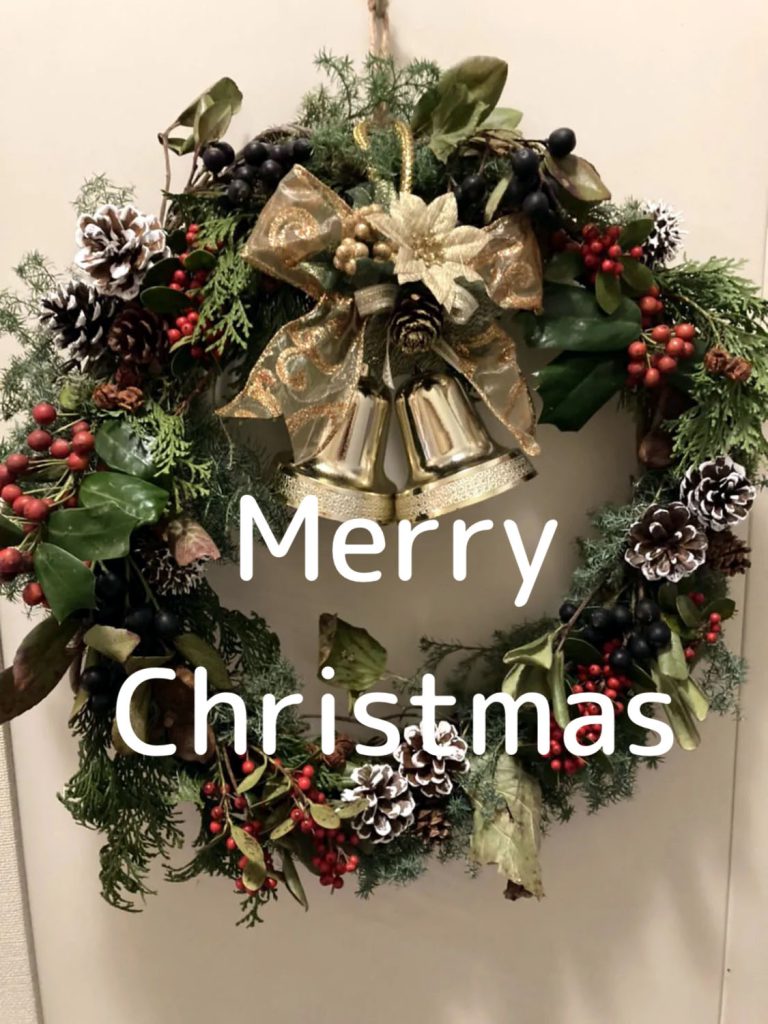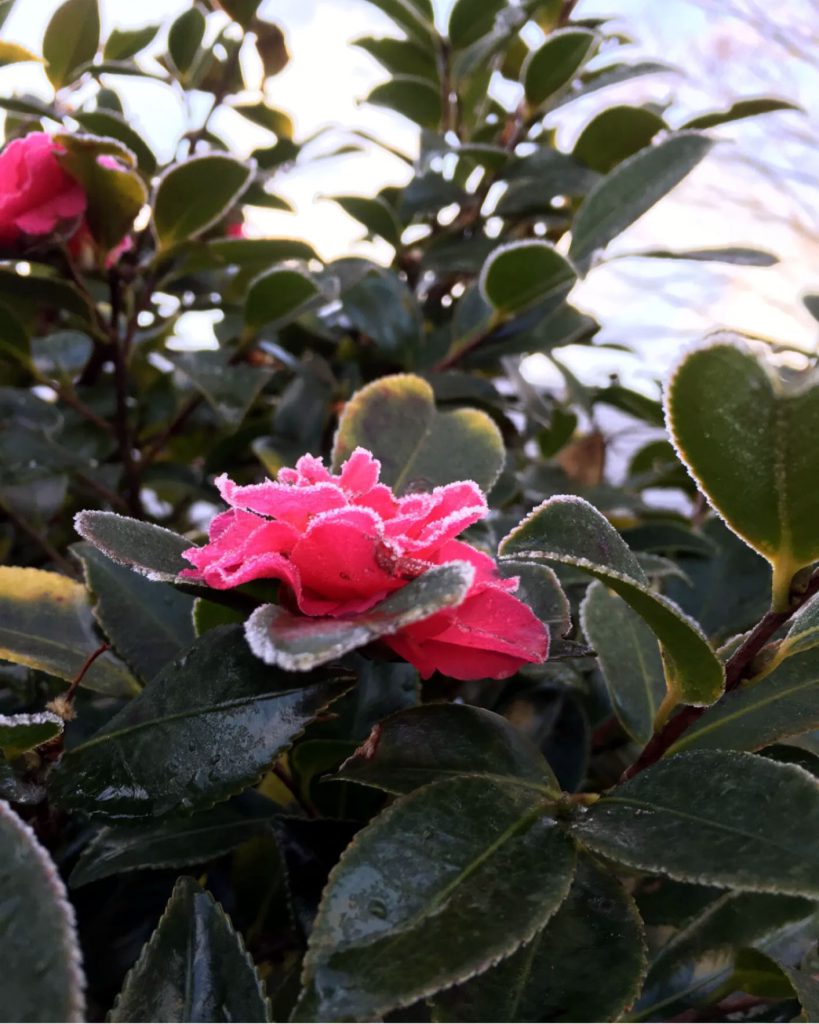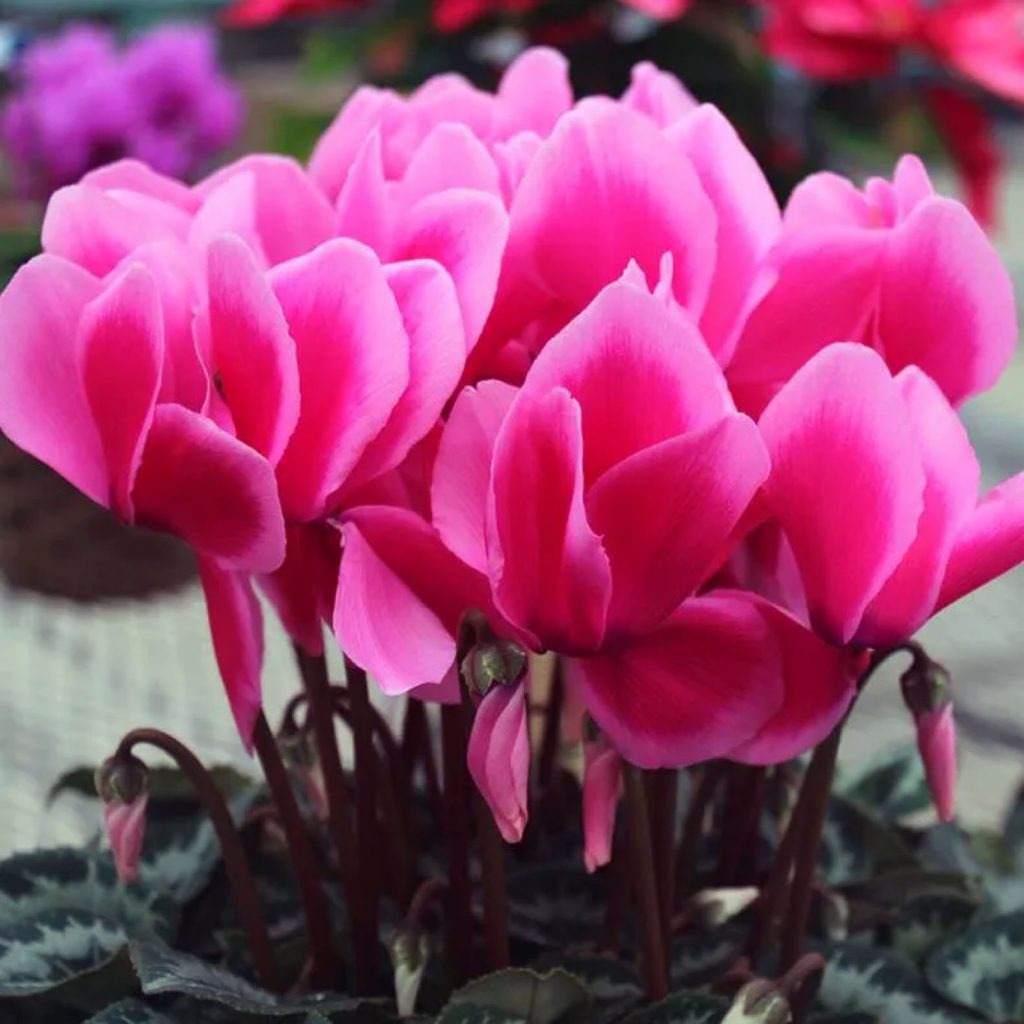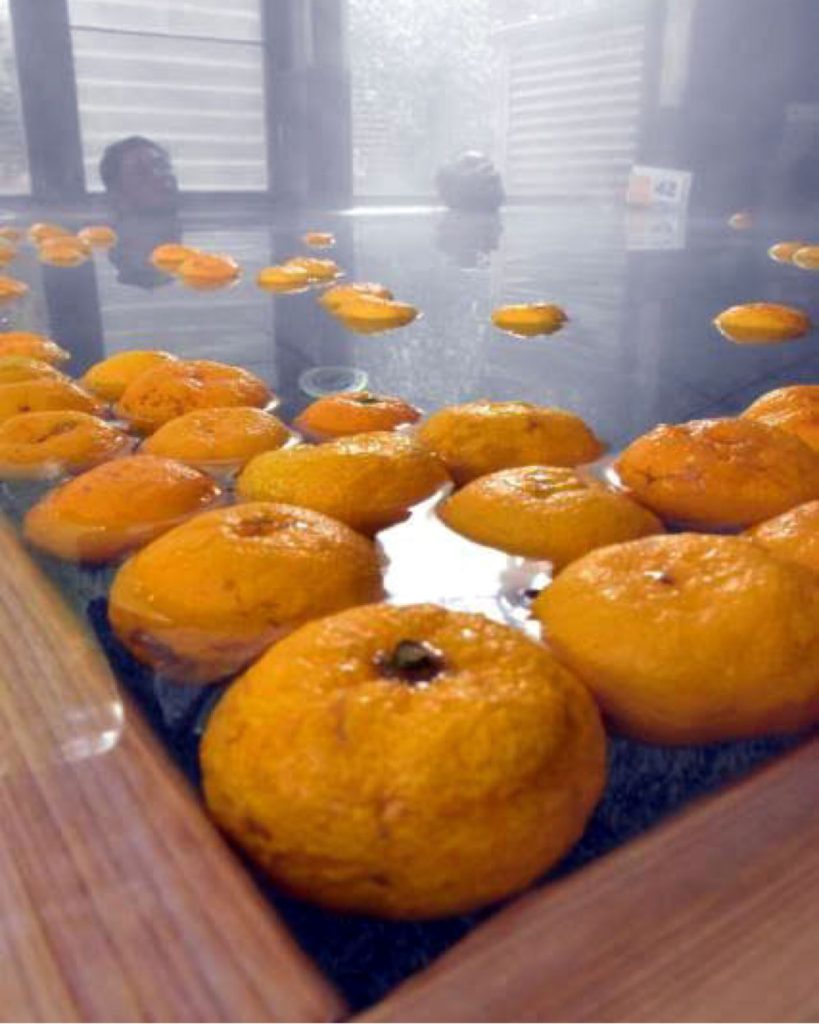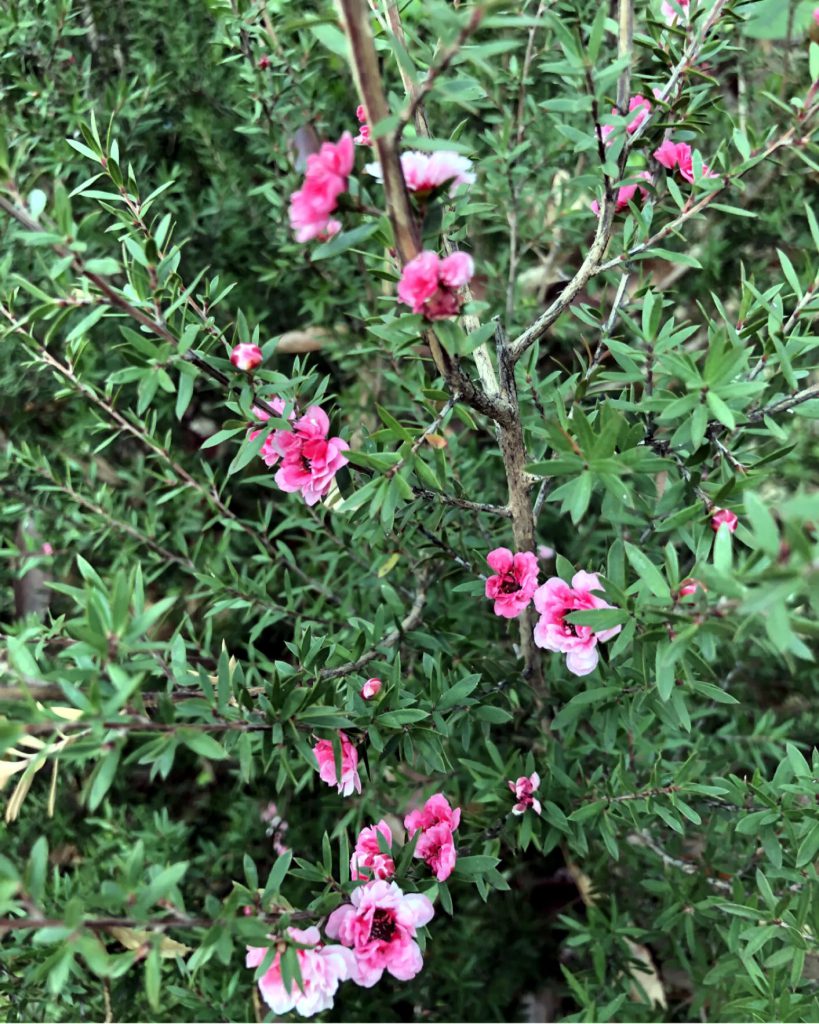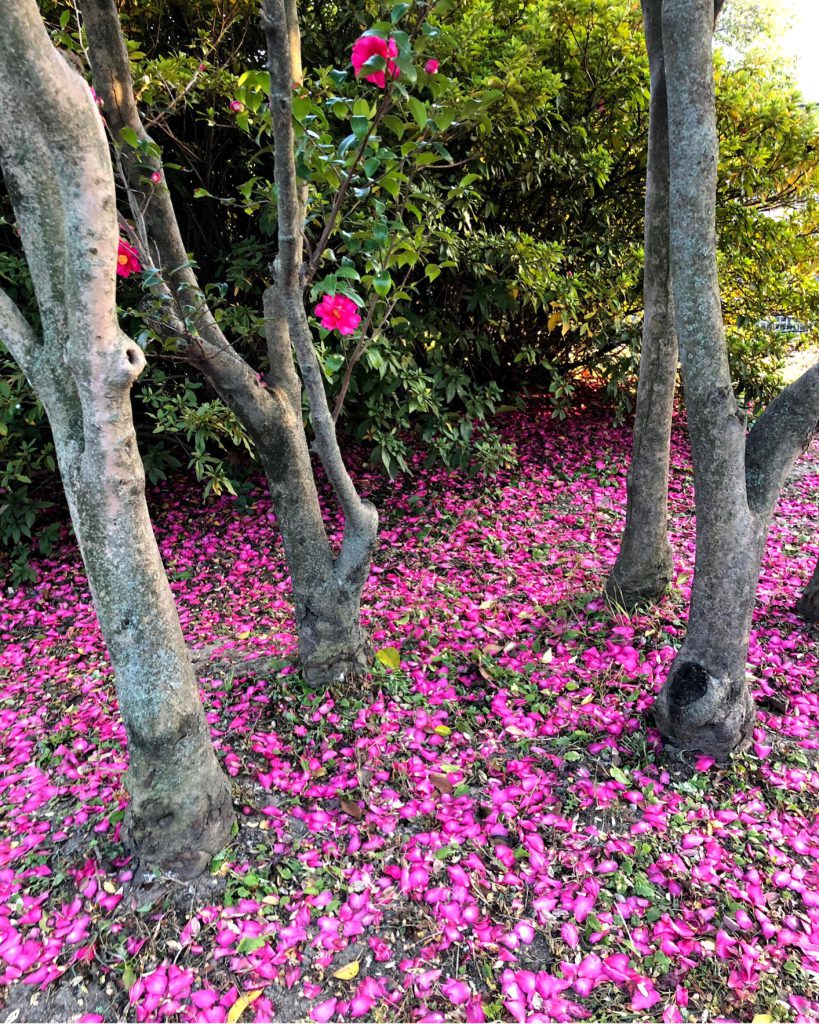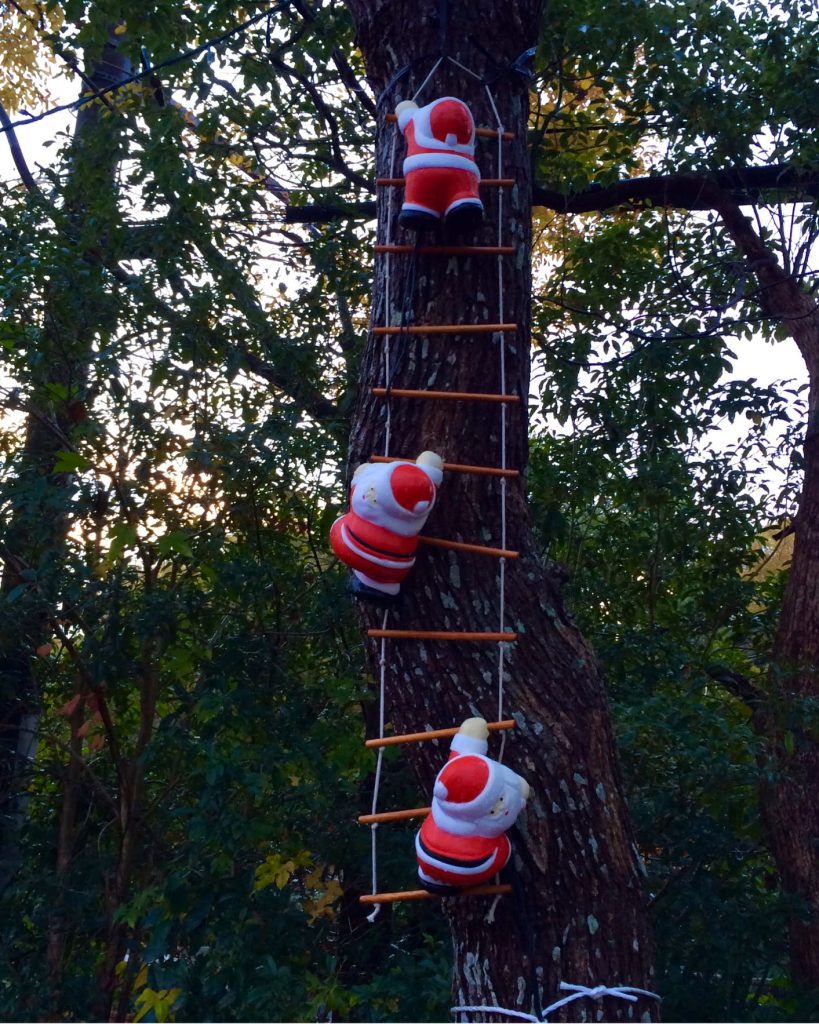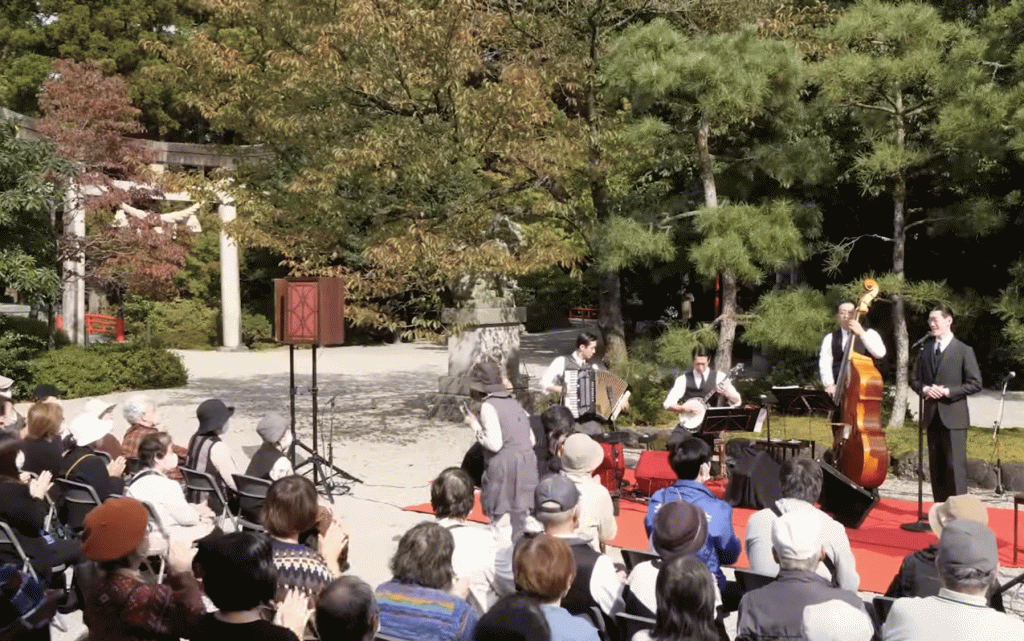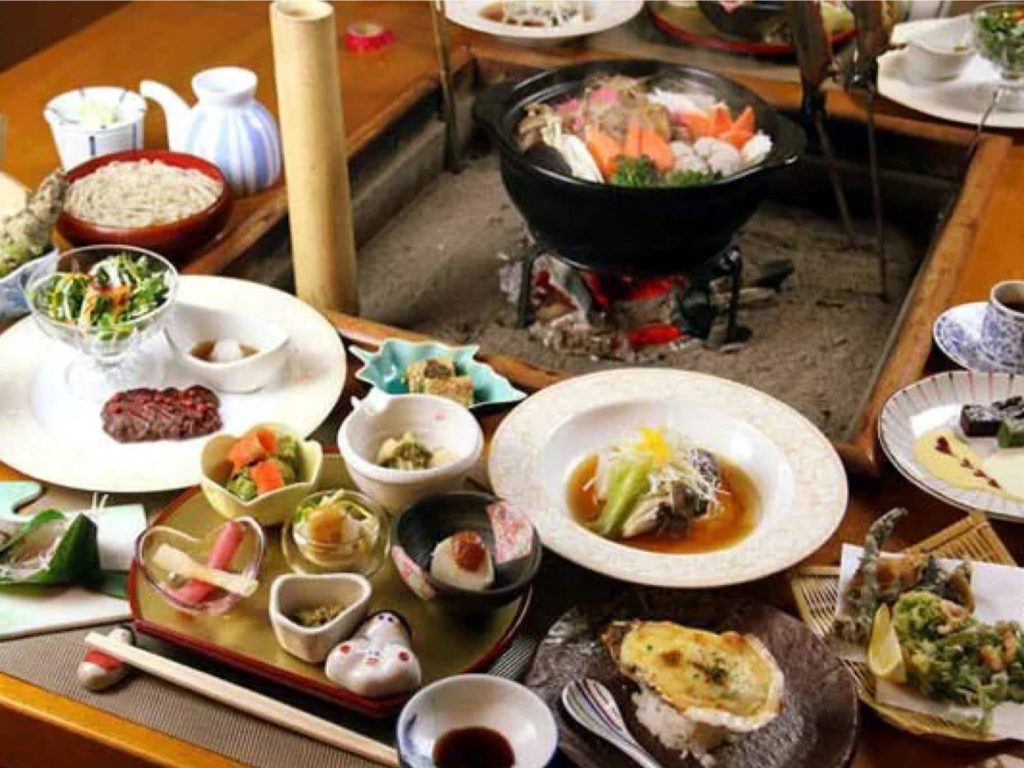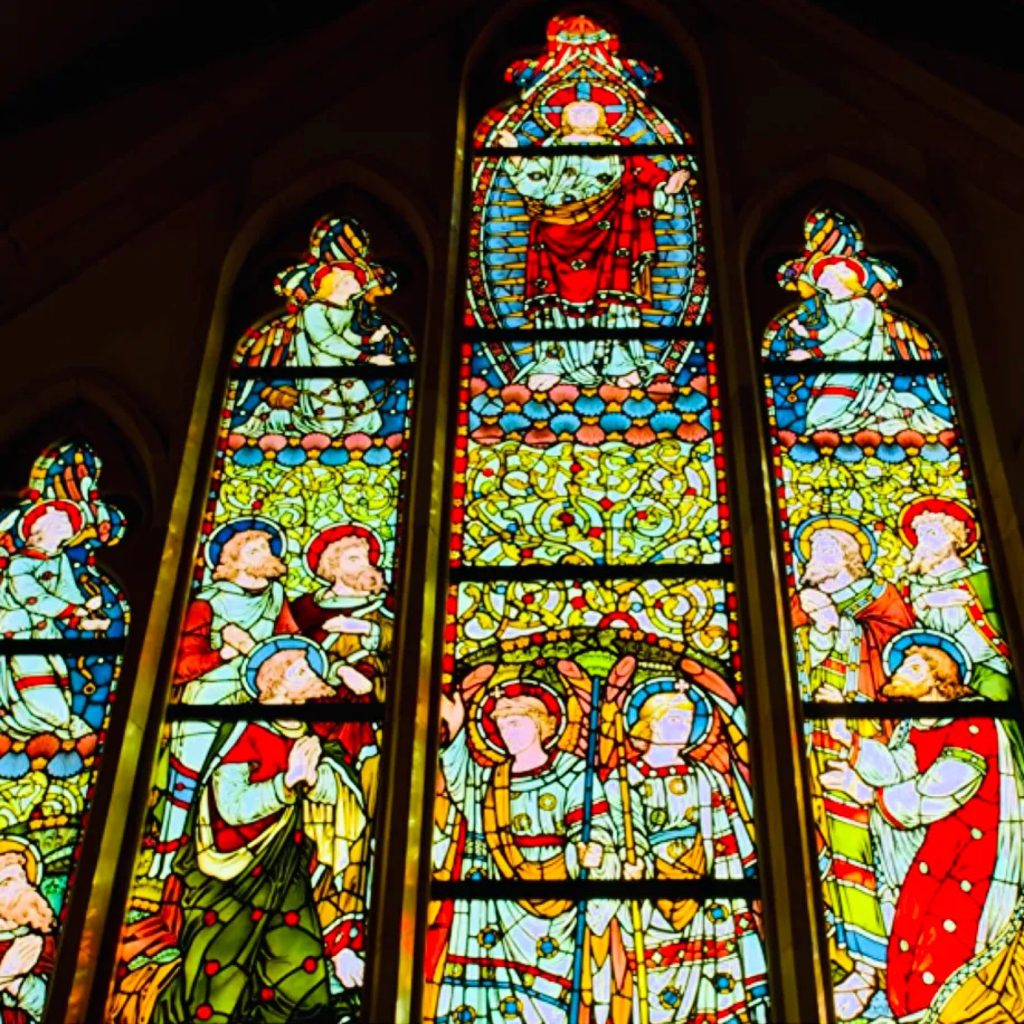
Christmas is a day commemorating the birth of Jesus Christ, and it comes from the meaning of “Christ’s Mass”. Christianity is one of the world’s three major religions, with approximately 2 billion followers. With 1.6 billion Muslims and 400 million Buddhists, Christianity is the world’s largest religion. In terms of numbers, Hinduism has 1.1 billion people, but it is positioned as an ethnic religion whose area is almost limited to India. The first Christmas in Japan was held at a church in Yamaguchi, Suo Province in 1552, but after that, due to the ban on Christianity by the Edo Shogunate, for 200 years until the Meiji period, only hidden Christians were accepted. In the Meiji period, Meijiya opened a store in Ginza, Tokyo in 1900, and the Christmas sales season began around that time. In 1928, the Asahi Shimbun wrote, “Christmas has become an annual event in Japan, and Santa Claus has become a splendid thing for Japanese children.” Christmas has become a global event now, but in the ranking of “Top 10 Countries to Avoid Christmas” recommended for those who want to avoid the fuss of Christmas, Japan is ranked first. It is said that the reason is that “you may see Santa sometimes, but Christmas is not a public holiday in Japan, and people work as usual on December 25.”
クリスマスとはイエス・キリストの降誕を記念する日で、「キリスト(Christ)のミサ(Mass)」という意味に由来します。キリスト教は世界三大宗教の一つで、信者数は約20億人です。因みにイスラム教が16億人、仏教が4億人で、キリスト教は世界最大の宗教ということになります。数でいえば、ヒンドゥ教は11億人ですが、地域がほぼインドに限られる民族宗教という位置付けです。日本で初めてのクリスマスは、1552年に周防國山口の教会で開かれましたが、その後、江戸幕府の禁教令によって、明治時代までの200年間は、隠れキリシタン以外には受け入れられることはありませんでした。明治時代になって、1900年に明治屋が東京の銀座に進出し、その頃からクリスマス商戦が始まったことが大きな契機になりました。そして、1928年の朝日新聞には「クリスマスは今や日本の年中行事となり、サンタクロースは立派に日本の子供のものに」と書かれるまでに普及していきました。今やクリスマスは世界的行事になりましたが、クリスマスの大騒ぎを避けたいと思っている」人に勧める「クリスマスを避けるために行く国トップ10」のランキングでは、なんと、日本が1位となっています。「サンタをたまに見かけるかもしれないが、日本はクリスマスが祝日でなく、12月25日も人々は普段通り仕事をする」ためだそうです。

